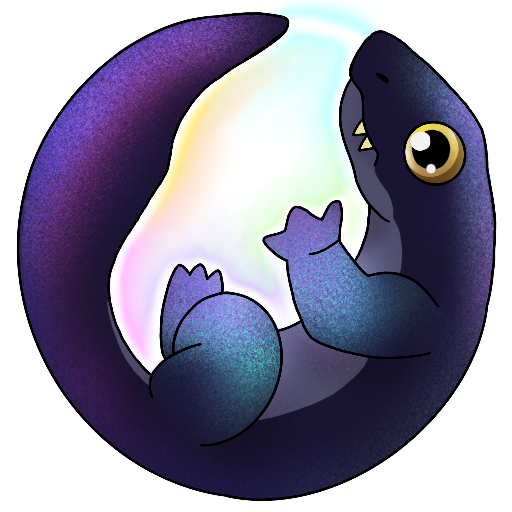In our game Land of Lights, we want to create a dynamic world that feels alive. One of the ways we are working towards achieving a living world is through dynamic materials. In Land of Lights there are four key dynamic materials that make the world feel alive; The common plant light, puzzle plant, light bank, and Guppy dynamic materials.
Common Plant Light Material
The first dynamic material that was applied to create a living world is on the general flora. The plants change their color and level of glow based on where they are placed in the level.
This lets us vary the color of the plants while still maintaining a level of control, without having to set the color on every single object. Removing some of the human nature for perfection and patterns and letting the computer provide a faux “natural selection” feel in determining color within a specified range. This helps create a world that feels more alive and less “constructed.”
Puzzle Plant Material
The second dynamic material that Land of Lights implements is on the puzzle plants. This dynamic material has the unique features that it is animated and interactable by the player.
The common fern has a static glow and functions as background art or set decoration, but these plants have a moving/animated glow. The brightness and movement aim to draw attention as an interactable object and highlight to the player which elements are attached to puzzles. The second dynamic material property is when you learn to imbue or absorb light into the plant. The glow will increase/decrease to signify a change in light energy.
Crystal Light Banks
The third dynamic material property is seen in the crystal light banks. This material changes in color/brightness for visual interest, but also to convey information in the amount of light energy stored.
Guppy
The final dynamic material was applied to our animal partner named Guppy whom our player character can direct throughout the game to collect and distribute light. Guppy is a living creature with a unique trait that his skin/texture changes the same way other interactable environment elements and plant puzzles react to the storage of light. In it’s simplest form, Guppy’s tail becomes a “light meter!”
